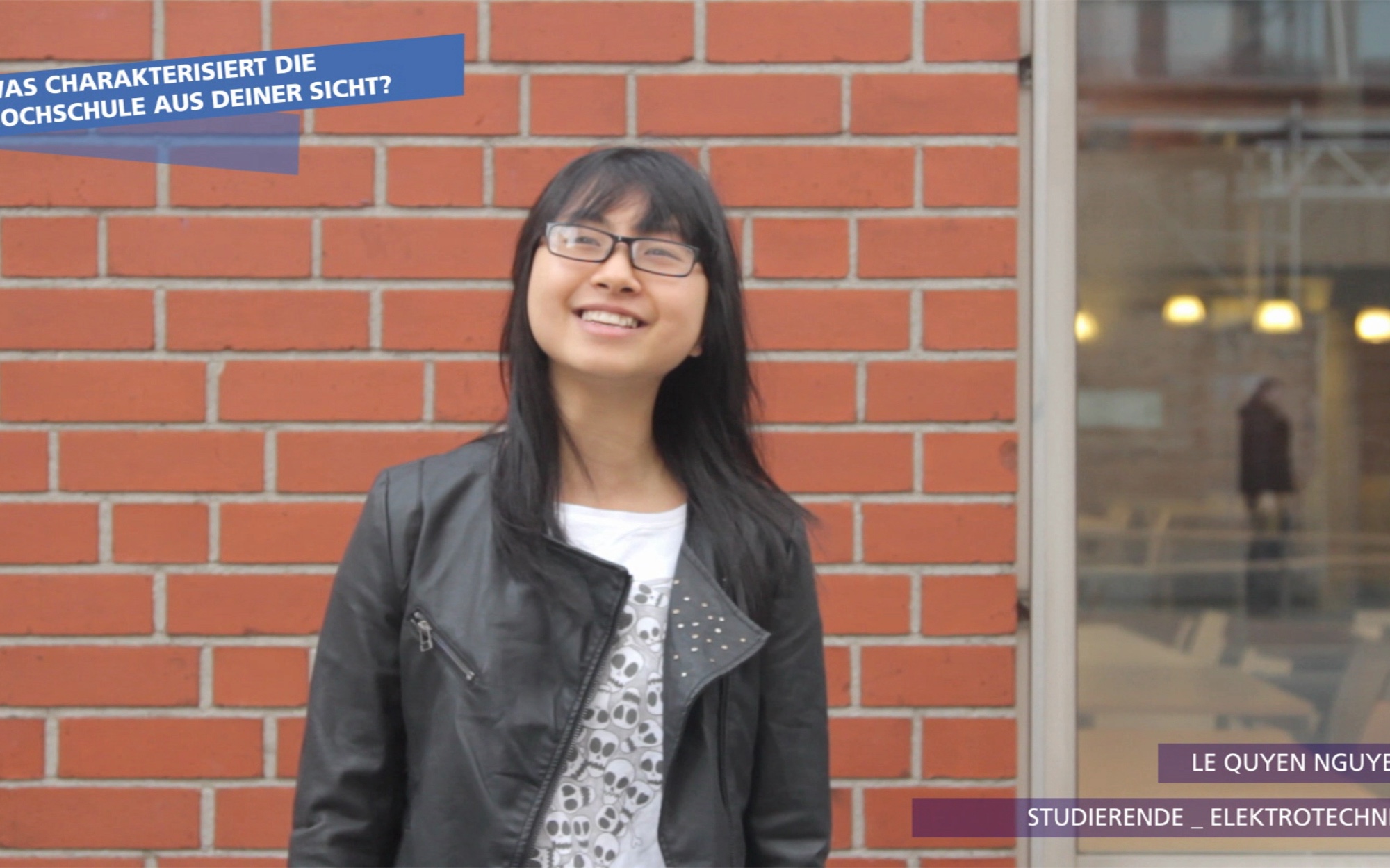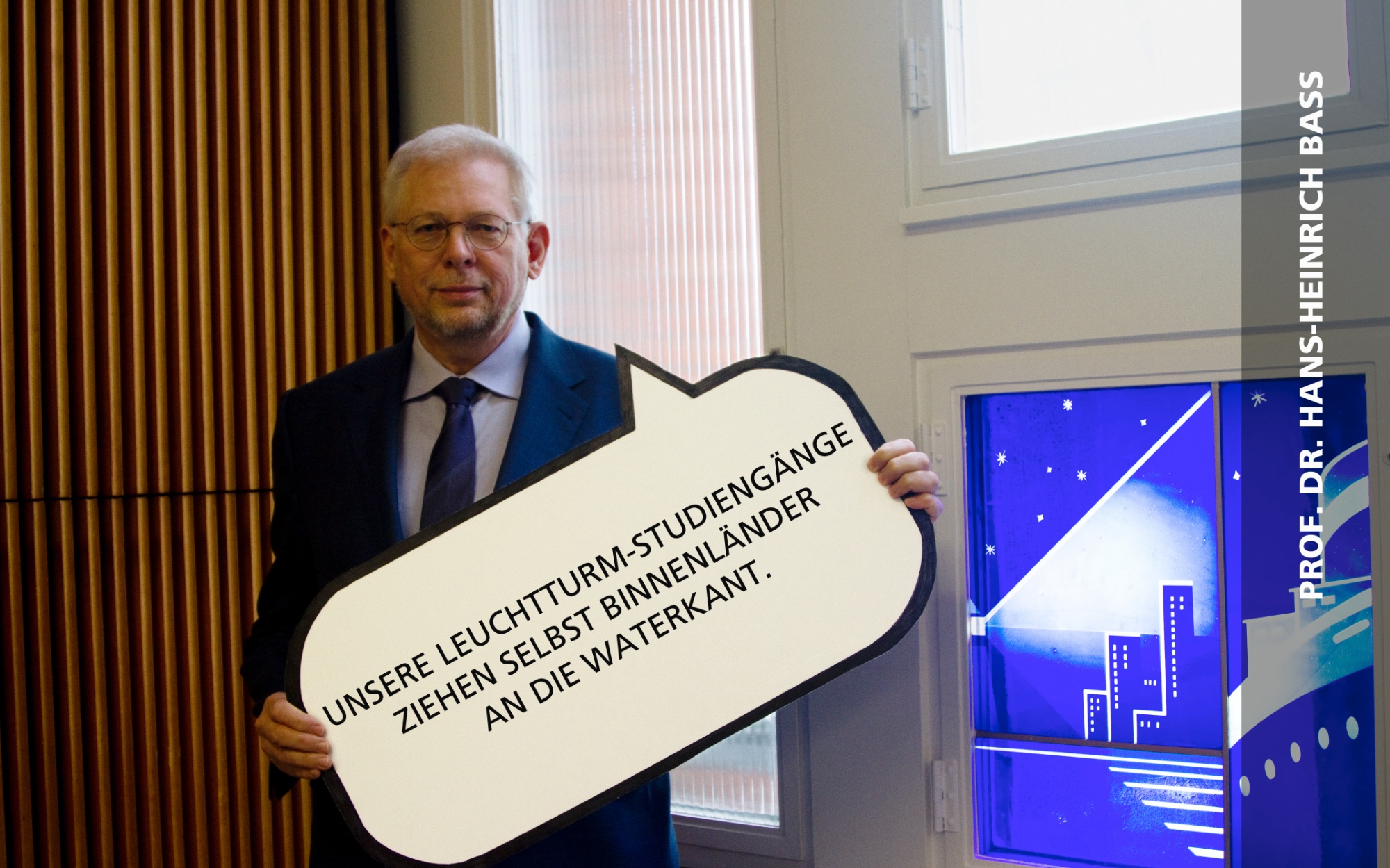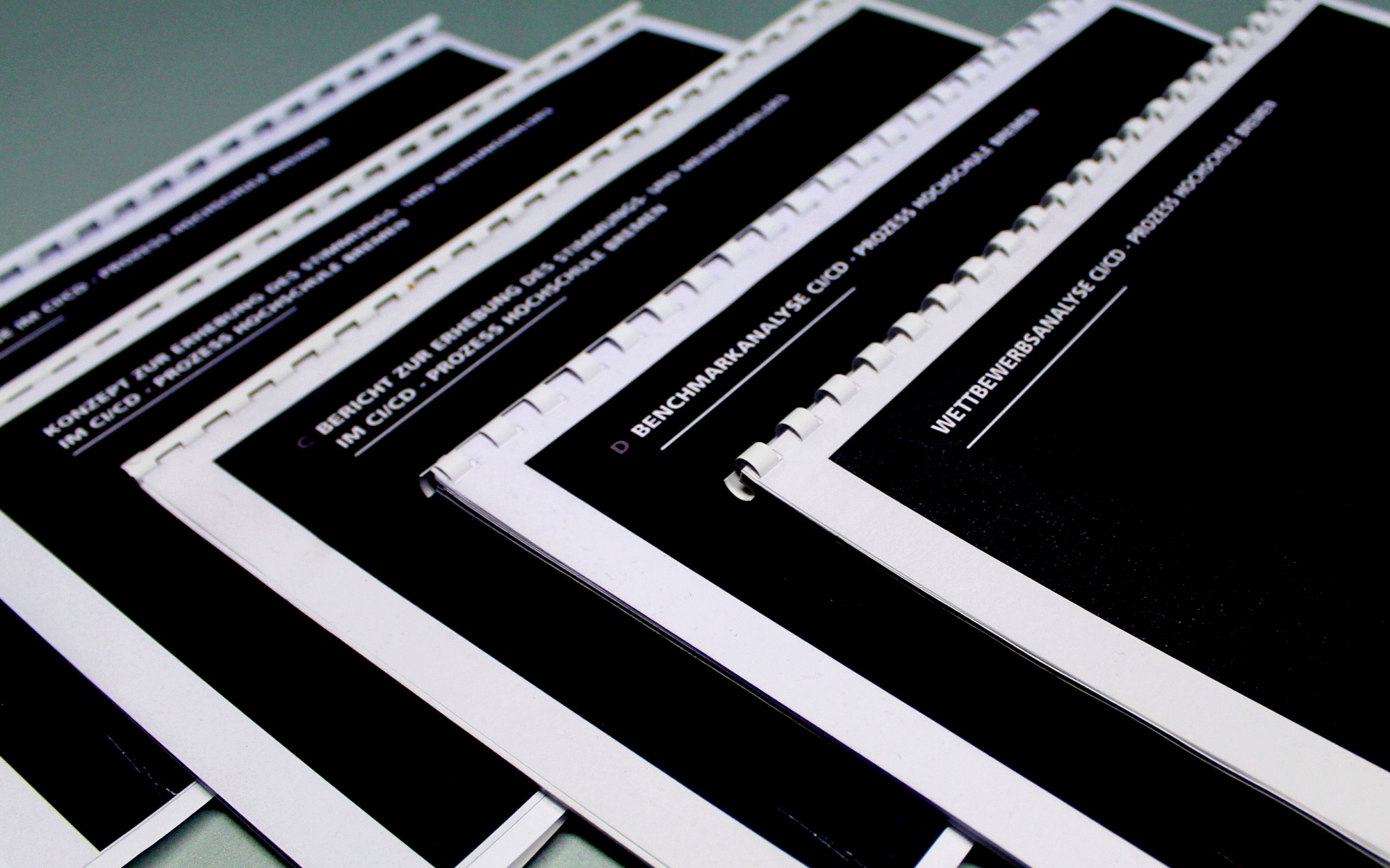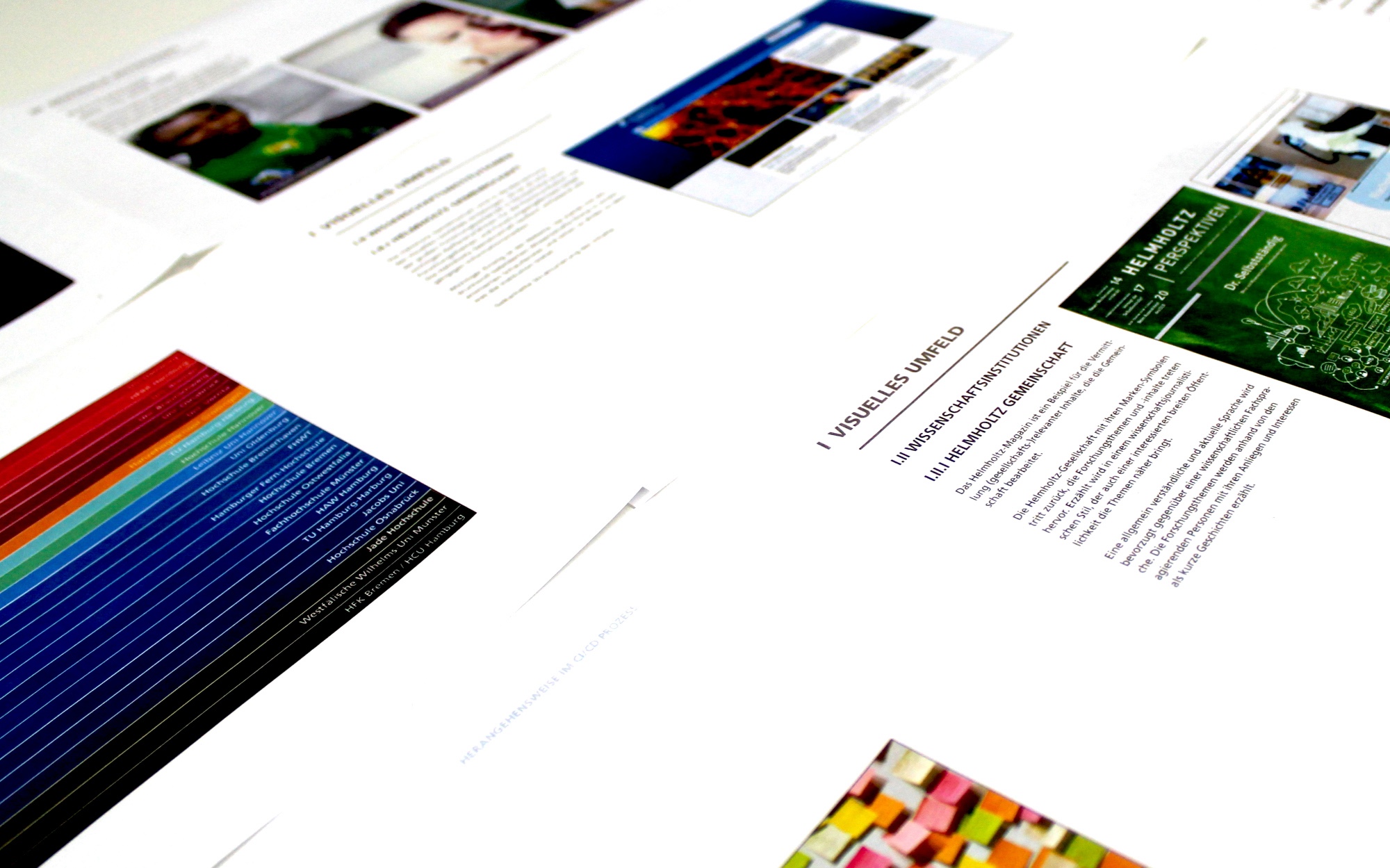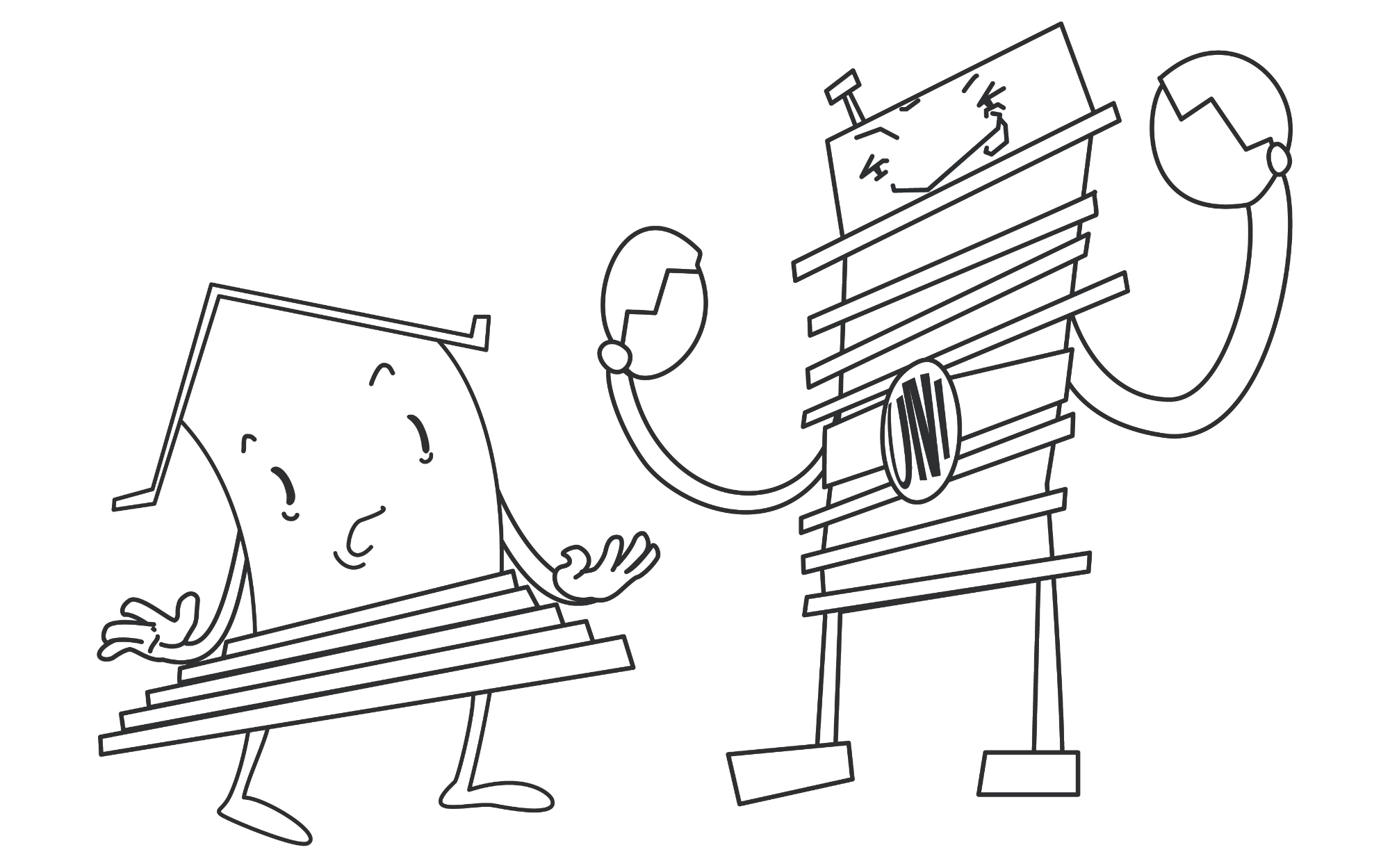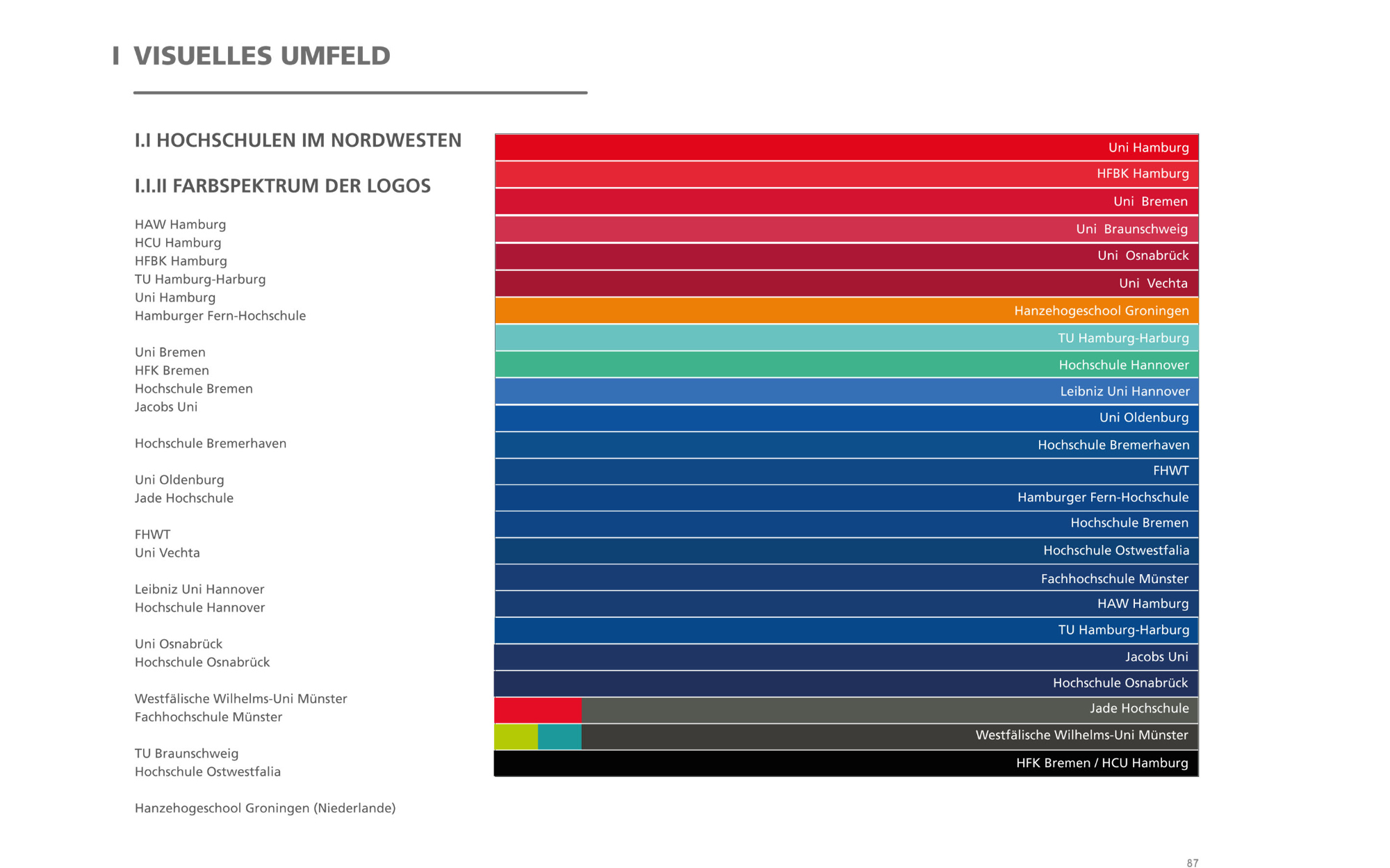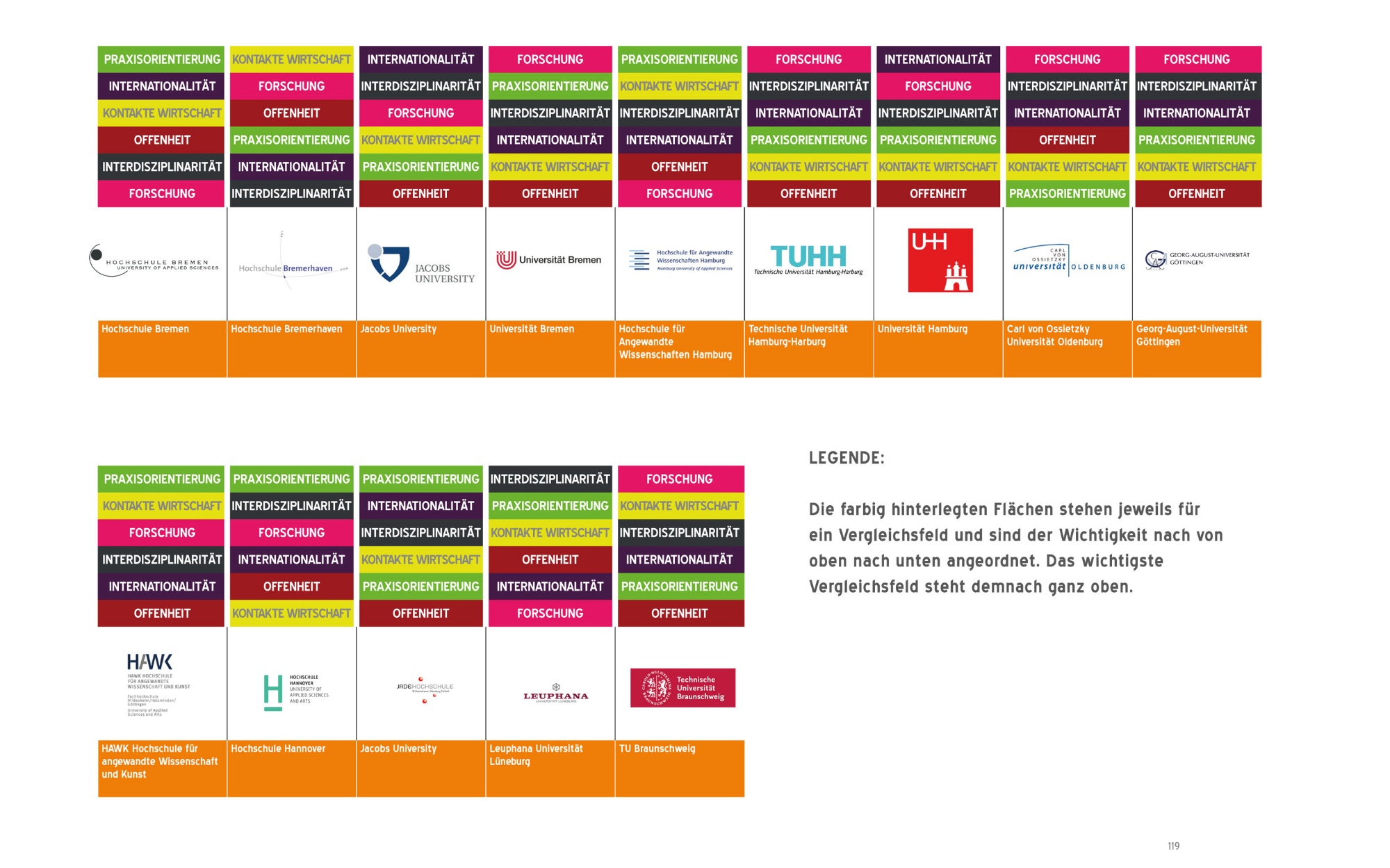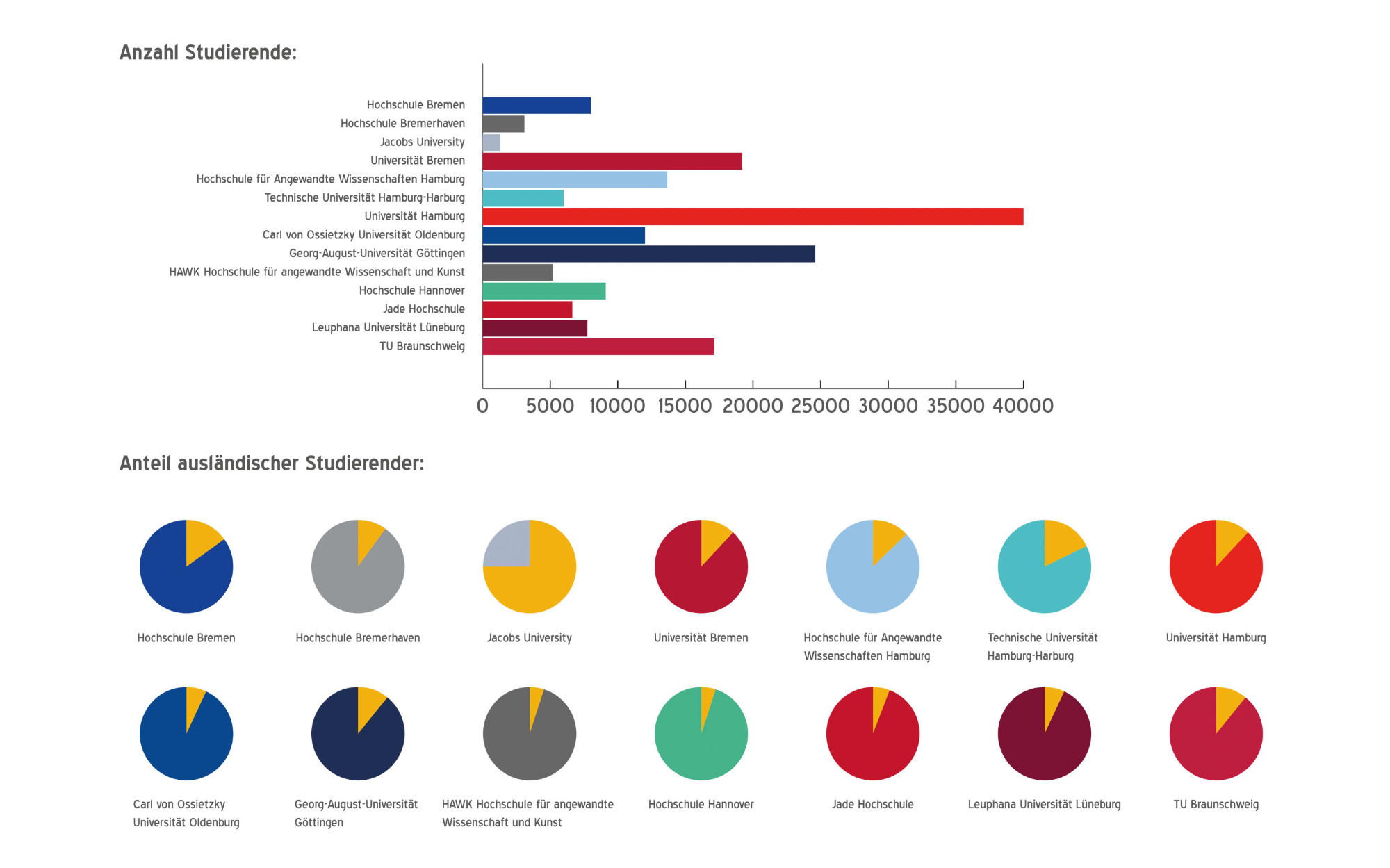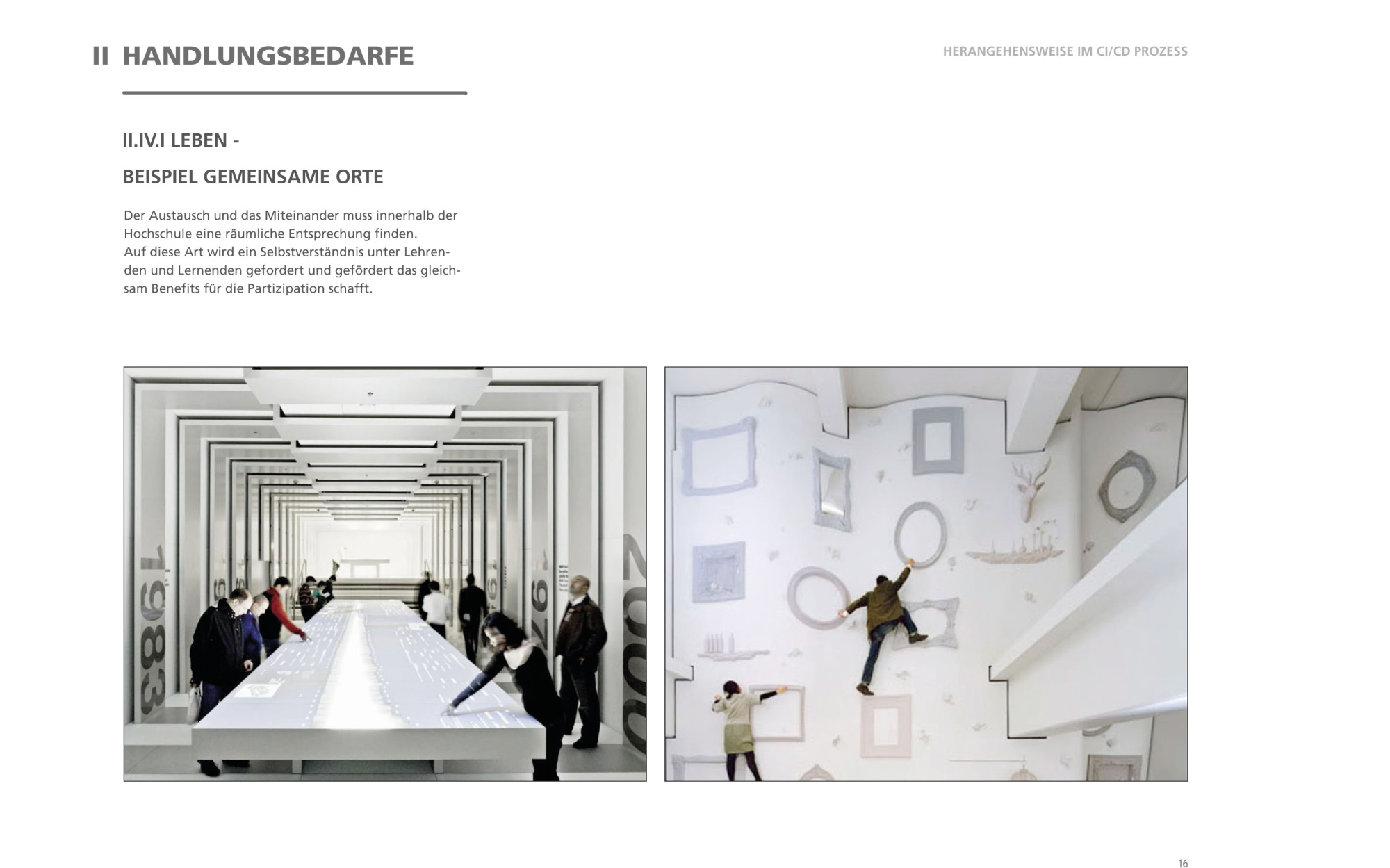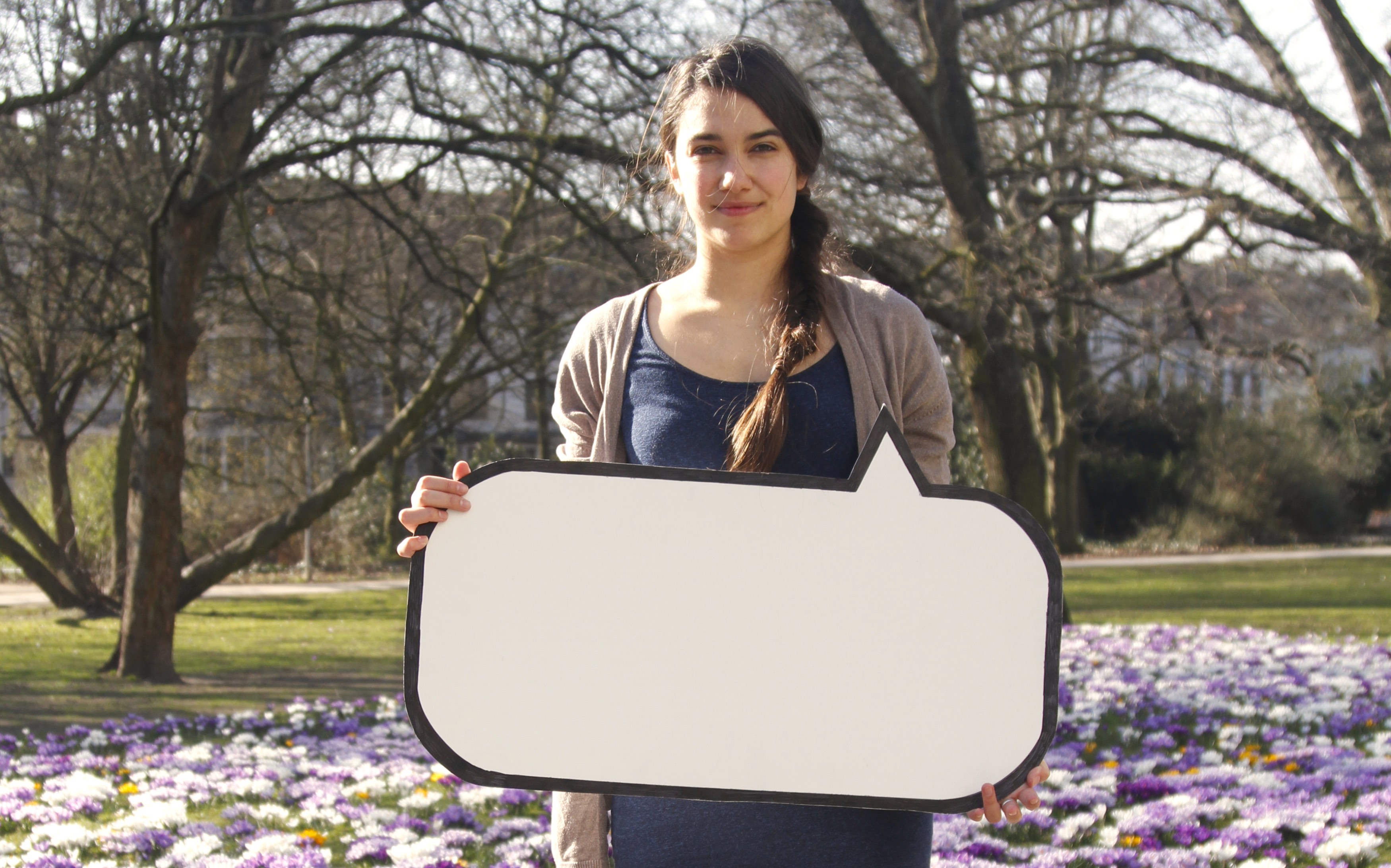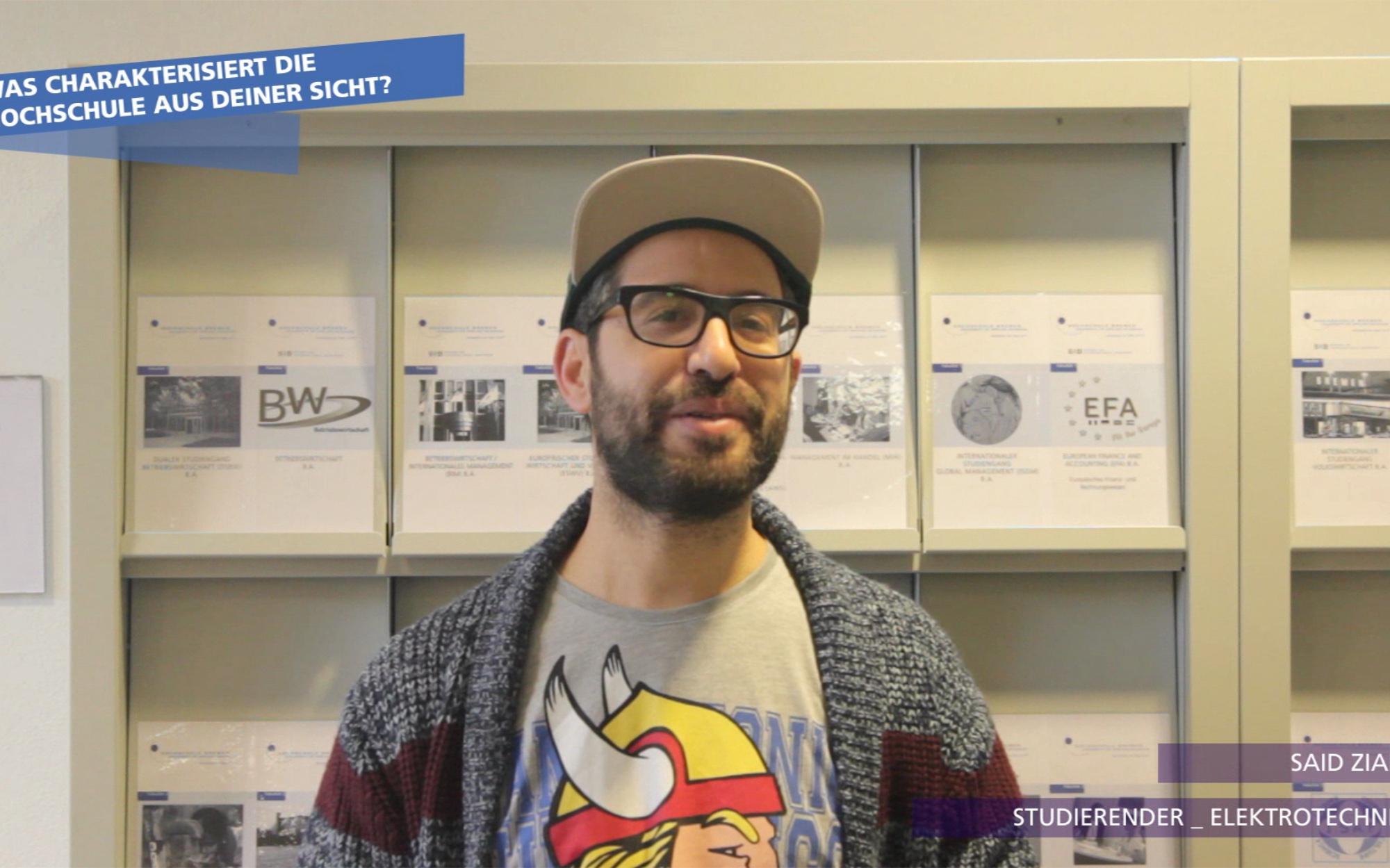Hochschule Bremen
New Corporate Identity
Application orientation as a trademark
Identity development & positioning
How can a heterogeneous academic organization develop a common self-image that transcends the professional and cultural differences of students and employees to form a unifying basis for action - in short, a corporate identity? How can it be attractive, unique and clearly identifiable for its members as well as for its various target groups (prospective students, regional business and politics)?
Where does the university stand?
Comprehensive ACTUAL ANALYSIS
As part of a comprehensive participatory CI process, Hochschule Bremen wants to position itself even better in the university landscape in 2014 by jointly agreeing on its strengths.
The first step on the way to a common identity is to analyze the current offerings and fields of action and evaluate them within and outside the university. On behalf of Hochschule Bremen, we carried out a comprehensive analysis of the current situation, which included a survey of the mood and opinions as well as a competitive and benchmark analysis.
At the beginning of 2014, Hochschule Bremen is facing enormous challenges. Against the backdrop of general cost-cutting constraints, it is important to sharpen the special profile of the university of applied sciences in the heart of the city and to review the quality of its offerings. Internationality, diversity, practice-oriented teaching and application-oriented research - Hochschule Bremen offers all of this - but how can these aspects be translated into a coherent positioning?
Development of a participatory identity strategy
Profile development in the higher education landscape
Particularly against the background of increasing final differentiation in the higher education sector, which has been promoted not least by the harmonization of degrees as part of the Bologna Process, it is becoming increasingly important for universities of applied sciences in Germany to sharpen their profile vis-à-vis their “competitors” in the higher education landscape and to communicate their offerings coherently. The genuine strength of universities of applied sciences traditionally lies in their strong practical orientation and good student-to-staff ratio. However, universities have also long claimed these attributes for individual courses. Even at Hochschule Bremen, which has a broad range of subjects, the focus varies depending on the field of study, for example between regional specialist training and international elite education.
As part of the analysis, we used both quantitative (questionnaire) and qualitative survey instruments. In-depth interviews with staff and students were used, among other things, to compare the strategic positions of the university management and discuss possible development paths. We also produced short films with statements from students on the strengths and weaknesses of the university and created a photo portrait series under the motto “The wandering speech bubble”.
Initial findings from the discussions are also reflected in the university claim “We can do it.”, which we developed and which already flanked the poster series of the same name with portraits of university stakeholders.
